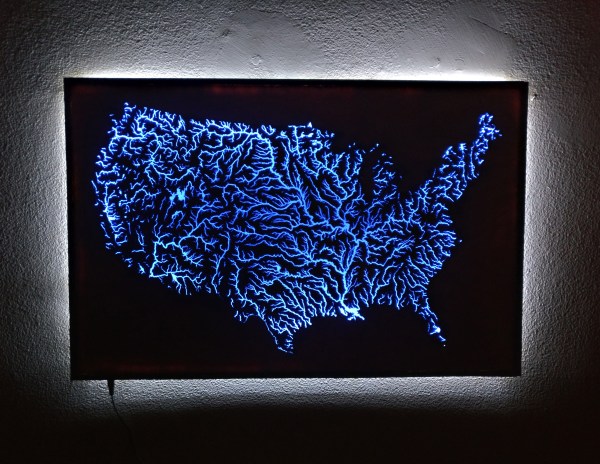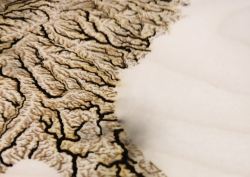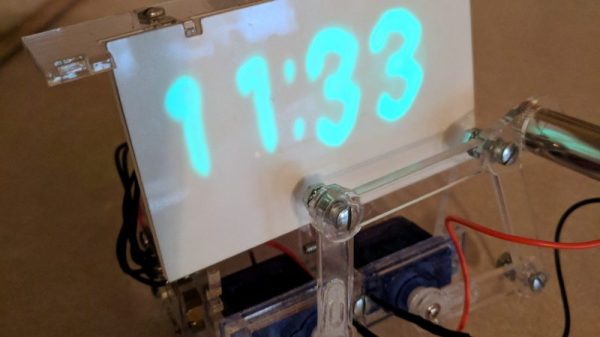Have you ever stood under a dome and whispered, only to hear the echo of your voice come back much louder? Researchers at NIST used a similar principle to improve the atomic force microscope (AFM), allowing them to measure rapid changes in microscopic material more accurately than ever before.
An AFM works by using a minuscule sharp probe. The instrument detects deflections in the probe, often using a piezoelectric transducer or a laser sensor. By moving the probe against a surface and measuring the transducer’s output, the microscope can form a profile of the surface. The NIST team used a laser traveling through a circular waveguide tuned to a specific frequency. The waveguide is extremely close (150 nm) to a very tiny probe weighing about a trillionth of a gram. When the probe moves a very little bit, it causes the waveguide’s characteristics to change to a much larger degree and a photodetector monitoring the laser light passing through the resonator can pick this up.
Continue reading “NIST Uses Optical Resonance To Probe Atoms”























